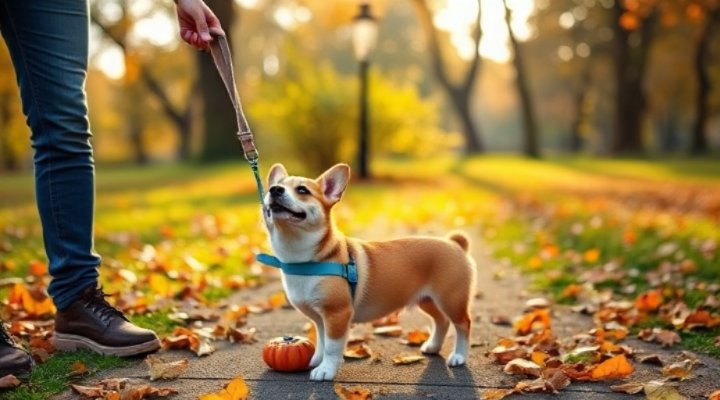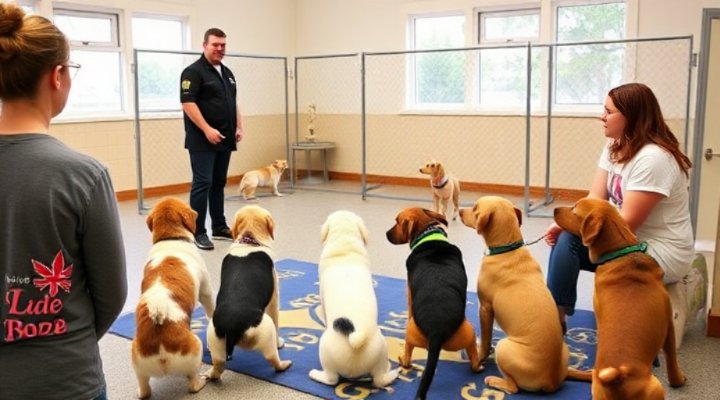Obedience training for puppy is one of the most important investments you can make in your new furry family member. Starting early with proper training sets the foundation for a well-behaved dog and strengthens your bond. In this comprehensive guide, we’ll explore proven techniques to teach basic commands, address common challenges, and create positive learning experiences for your pup.

Why Puppy Obedience Training Matters
Early obedience training for puppy development is crucial for several reasons. Firstly, puppies have a critical socialization period between 3-14 weeks when they’re most receptive to learning. Secondly, establishing good habits early prevents behavior problems later. According to the American Veterinary Society of Animal Behavior, puppies that receive proper training are less likely to develop anxiety or aggression issues.
Our Puppy Training: A Comprehensive Guide covers additional aspects of puppy development beyond obedience commands.

Essential Commands for Puppy Obedience Training
1. The Sit Command
Teaching ‘sit’ is often the first command in obedience training for puppy beginners. Hold a treat near your puppy’s nose, then slowly move it upward. As their head follows the treat, their bottom will naturally lower. Say ‘sit’ as this happens, then reward immediately.
2. The Stay Command
Once your puppy masters ‘sit’, introduce ‘stay’. Ask your puppy to sit, then hold your palm out like a stop sign while saying ‘stay’. Take one step back, then return and reward if they remained. Gradually increase distance and duration.
3. The Come Command
This potentially life-saving command begins with your puppy on a leash. Say ‘come’ while gently pulling the leash toward you. When they arrive, reward enthusiastically. Our guide on Leash Training a Puppy complements this training well.

Positive Reinforcement: The Key to Effective Obedience Training for Puppy
Positive reinforcement means rewarding desired behaviors to encourage repetition. The ASPCA recommends this science-based approach as most effective for puppy training. Use small, soft treats initially, then gradually transition to verbal praise and petting.
Remember these positive reinforcement principles:
- Reward immediately (within 1-2 seconds of the behavior)
- Be consistent with commands and rewards
- Keep training sessions short (5-10 minutes)
- End on a positive note

Common Challenges in Obedience Training for Puppy
Every puppy learns at their own pace. Here are solutions to common obstacles:
Distractions
Start training in a quiet area, then gradually introduce distractions. If your puppy struggles, reduce difficulty and rebuild success.
Short Attention Span
Puppies have limited focus. Multiple short sessions throughout the day work better than one long session. Our Puppy Training Schedule offers age-appropriate session guidelines.
Fear or Anxiety
If your puppy seems stressed, stop training and try again later. Never punish fear – this worsens the problem. For persistent issues, consult our Dog Behavior Problems Solutions guide.

Advanced Obedience Training for Puppy
Once your puppy masters basics, consider these next steps:
1. Proofing Commands
Practice commands in various locations with increasing distractions to ensure reliability.
2. Adding Duration
Gradually increase how long your puppy must stay in position before receiving reward.
3. Combining Commands
Ask for multiple behaviors in sequence, like ‘sit’ then ‘down’.
For more advanced techniques, explore our Positive Reinforcement Dog Training resource.
Final Thoughts on Obedience Training for Puppy
Consistent, positive obedience training for puppy creates a well-mannered companion for life. Remember that every puppy learns differently – be patient and celebrate small victories. With time and practice, your puppy will master these foundational skills.
For related topics, check out these resources:
- Puppy and Adult Dog Training Techniques
- Crate Training for Dogs
- Puppy Training Tips: Cultivating Good Behavior
Related Keywords: puppy training basics, how to train a puppy, puppy commands, positive reinforcement puppy training, puppy behavior training, basic puppy obedience, puppy training tips, best puppy training methods

